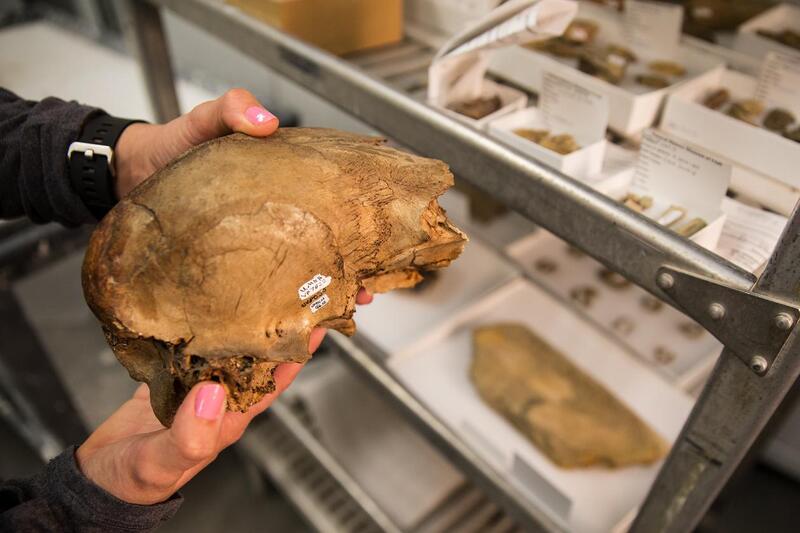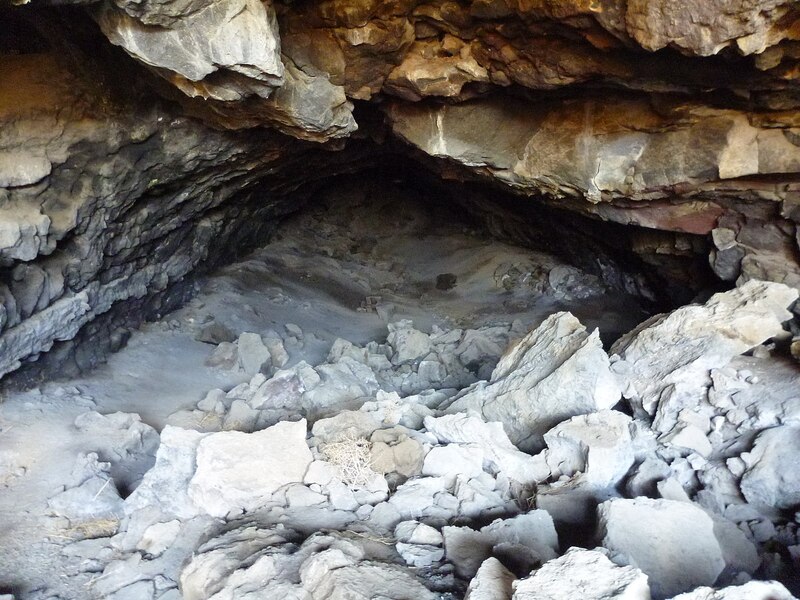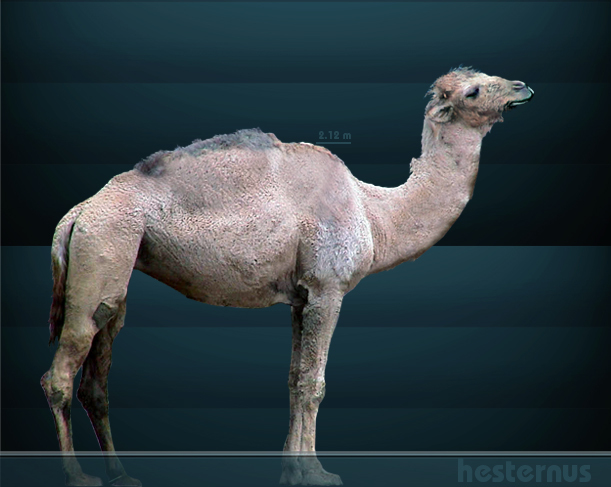Camelops Hesternus at Fillmore

In Switek, Brian. “How Utah’s Ancient Camel Changed Our Picture of Ice Age History.” Natural History Museum of Utah, September 28, 2018. Accessed April 15, 2021. https://nhmu.utah.edu/blog/2018/ancientcamel.
With the help of a camel skull found by a local denizen of Fillmore, Utah, paleontologists drastically revised the extinction date for Camelops hesternus, an ancient camel of the Americas.
Along with two of his friends, Hector Lee, a student from Fillmore, Utah, discovered a camel skull in a cave in the lava beds of nearby Meadow Hot Springs in 1928. He passed it along to professor A.L. Matthews of the University of Utah, who then sent it to the paleontologist Alfred Romer at the University of Chicago. The skull apparently had muscle tissue still attached to it, indicating a relatively recent provenance. Romer noted “the most obvious explanation” was that the skull was a remnant of the 1856–1866 US Camel Corps, a government experiment in using camels to service military forts and survey expeditions. Comparison with contemporary Bactrian and dromedary skulls, however, revealed this specimen was of an entirely different species: the Camelops hesternus, which had been thought to have gone extinct half a million years ago.
Romer determined this find refuted the theory of such an early period of extinction for two reasons. First, the persistence of muscle on the bone could only be credible after several thousand years at the most, not half a million. Second, he drew on an 1890 geological study by G.K. Gilbert to determine that the cave in which the skull was found formed only after the fourth glaciation period, around 15,000 years ago. Romer excitedly suggested the timeline for extinction needed revision.
Dr. Oliver P. Hay, who had established the previously-held early Pleistocene extinction date for C. hesternus, witheringly denounced Romer’s suggestions in an article published six months later. He contended ancient fossils could maintain muscle tissue for more than a few thousand years given the right conditions. He furthermore argued G.K. Gilbert was not aware of the multiple glacial stages that subsequent science had identified, and thus was not credible. He sardonically requested geologists, paleontologists, and anthropologists present more cogent arguments against his original theory.
The question of the dating of this camel skull did, in fact, involve the anthropological field. When species such as the Camelops had been confined to the early Pleistocene, the incidence of human remains in association with them had indicated to scientists that humans must have existed at the same early time. To find that this species and others like it could have existed far later would deprive anthropology of one argument for a quite early date for human existence on the continent. Other articles in the Science journal where this debate played out confirm that other geologists, paleontologists, and anthropologists did take up Hay’s challenge and Romer’s invitation to determine whether previously-held extinction dates remained legitimate for dating the human record. The May 9, 1930 edition of Park City’s Park Record noted Hector Lee, the original skull-discoverer, helped to establish the Camelops hesternus extinction date to 25,000 years ago.
Eventually, in the late 1970s, paleontologists at the University of Utah used radiocarbon technology to date the skull to about 11,000 years ago, redeeming both Romer and his revised extinction date for Camelops hesternus.
Images

In Switek, Brian. “How Utah’s Ancient Camel Changed Our Picture of Ice Age History.” Natural History Museum of Utah, September 28, 2018. Accessed April 15, 2021. https://nhmu.utah.edu/blog/2018/ancientcamel.

“Tabernacle Lava Tubes.” The Dye Clan, July 20, 2013. Wikimedia Commons (CC BY-SA 3.0). https://commons.wikimedia.org/wiki/File:Tabernacle_Hill_Lava_Tubes,_DyeClan.com_-_panoramio_(8).jpg.
Creator: The Dye Clan
“Camelops hesternus.” Sergiodlarosa (pseud.), April 27, 2009. Wikimedia Commons (CC BY 3.0). https://commons.wikimedia.org/wiki/File:Camelops_hesternus_Sergiodlarosa.jpg.
Creator: Sergiodlarosa (pseud.)